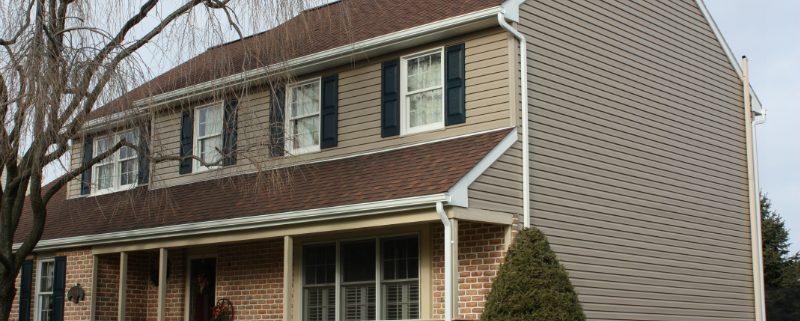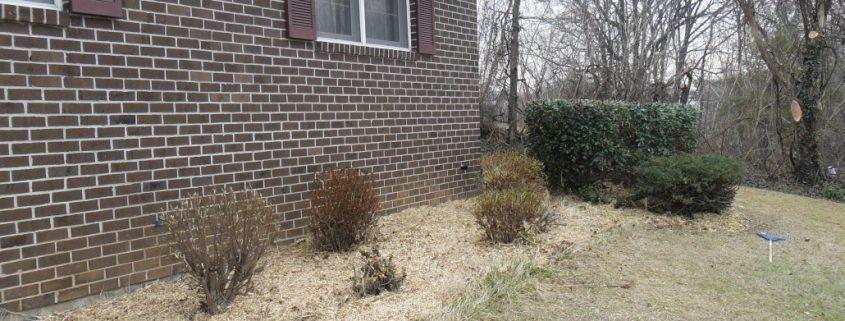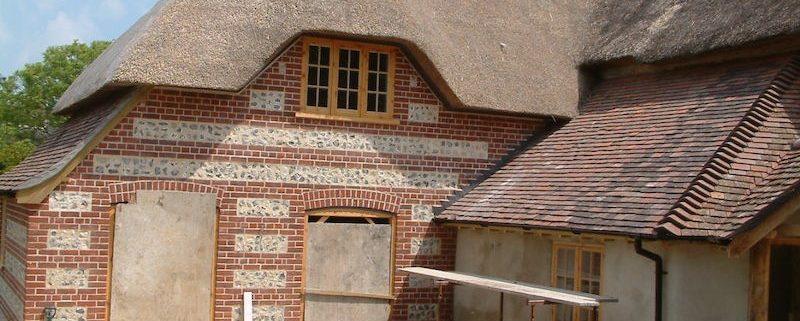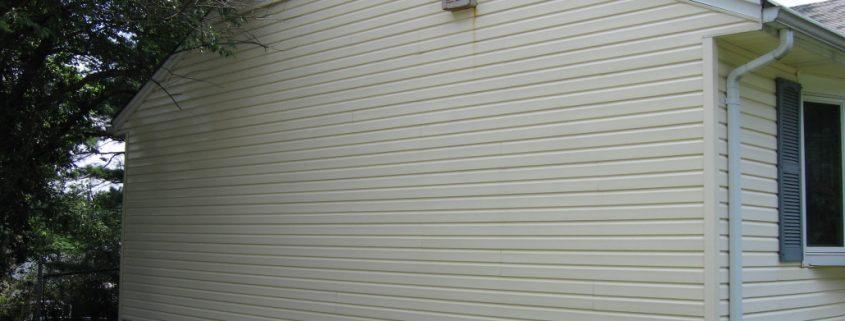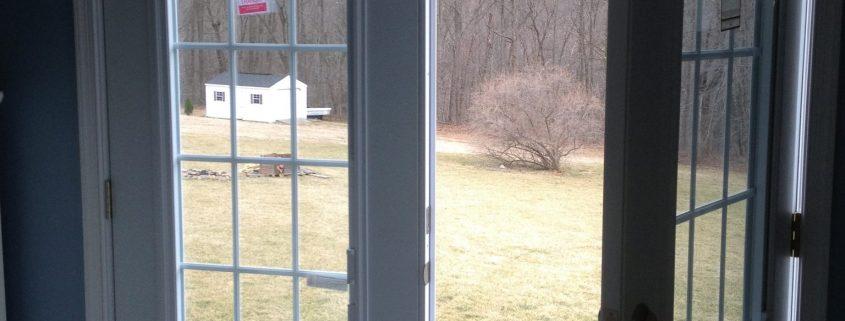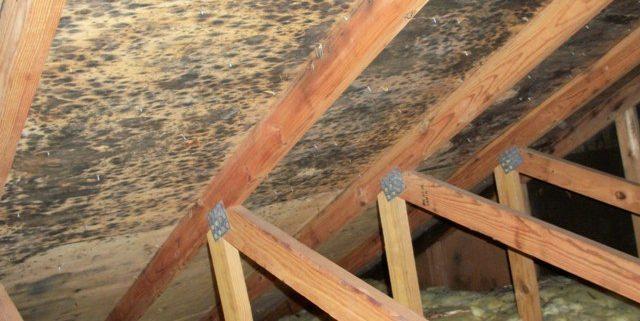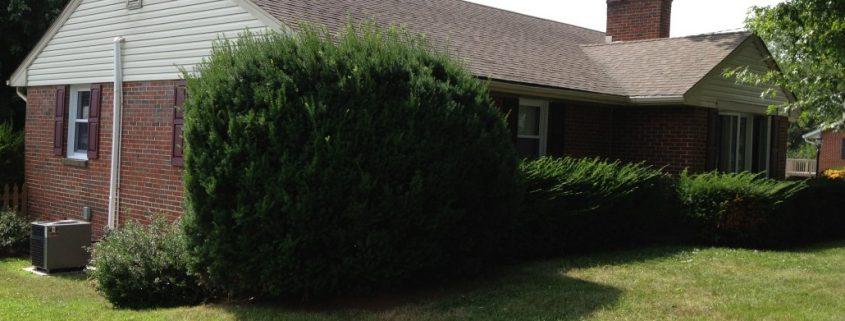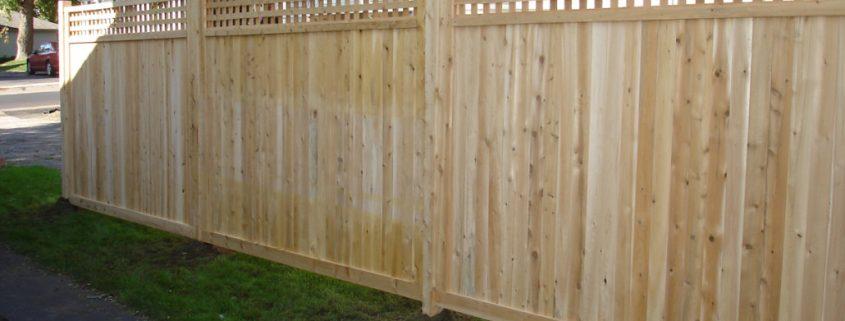4 signs that tell you your siding needs to be replaced
Your home exterior walls (also known as ‘siding’) is what people see when they first approach your house. Depending on how it looks, it can either leave a negative or positive impression among those who see it.
You want your home to look good always so that people get a good impression about it and about you. If you are about to put your house in the market, you will only attract good prices for it if you have improved how the siding looks.
Well-maintained siding is not all about aesthetics. It’s also functional as the interior of your house will get better protection against heat, rain, wind, pests, cold, snow, dust and dirt.
If you have not replaced your siding in a while, look for the following signs to know whether it’s time:
- Do you notice any warping, swelling or buckling?
Your siding is not supposed to retain any moisture. If you notice swollen, warped or buckled areas, these are indications that moisture is leaking into your walls.
If this is not fixed immediately, it will result in molding, rotting, and eventual collapse of your walls. Before you replace any damaged siding, fix the source of the moisture first.
- Check for fungi, mold and mildew
The presence of mold, mildew and fungi is yet another indication that moisture is passing into your walls. The water could be leaking from piping that passes within your walls, from your house’s foundation or from cracks on your exterior walls.
- Dry rot
Dry rot is a dangerous type of fungi that if not eliminated, can cause your walls to weaken and eventually collapse. It might not be obvious just by looking at your exterior walls whether they have been attacked by dry rot. Hire a specialist to inspect the space between your exterior and interior walls and if any pieces show presence of dry rot, replace them.
You might need to reside your entire house if the dry rot attack has spread too far.
- Holes and gaps
Holes indicate that your walls have been attacked by insects. Note that the damage caused by insects might not be obvious from the outside, because insects burrow and feed on siding from the interior.
Even after you exterminate insects, the holes will still remain and if not sealed, will allow water, dirt and dust to leak into your walls. If the holes are numerous, be on the safe side by replacing your entire siding.


